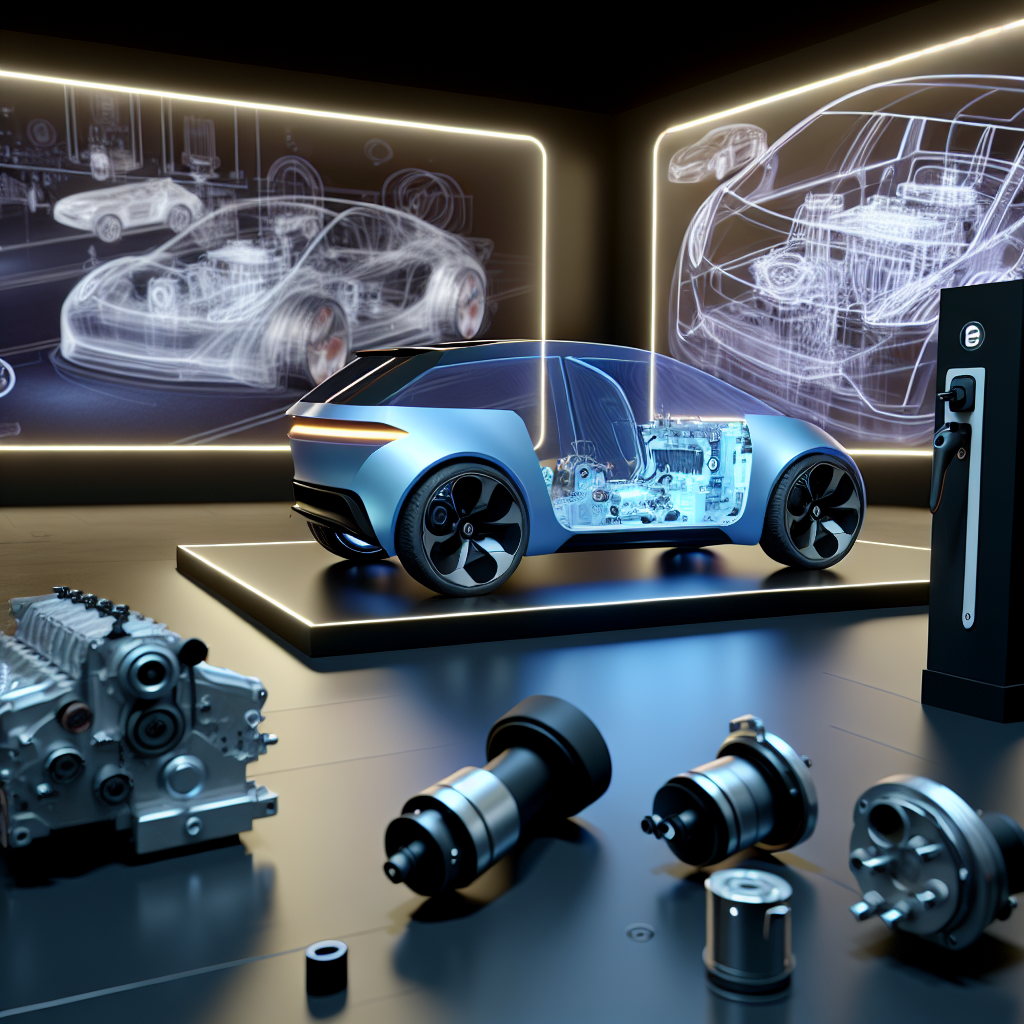In the swiftly evolving landscape of automotive technology, electric vehicles (EVs) stand at the forefront, heralding an era of smarter, more sustainable mobility. One of the key figures shaping this future is Kumar Vihaan, an automotive engineer renowned for his groundbreaking work in EV systems and AI-driven automotive technologies. As we edge closer to 2025, Vihaan’s insights into AI diagnostics and intelligent vehicle systems are not just innovative but essential for the next wave of automotive engineering.
AI-Driven Diagnostics in Electric Vehicles
Kumar Vihaan has been a proponent of integrating Artificial Intelligence (AI) into EV diagnostics to enhance vehicle performance and reliability. AI in electric vehicles can predict maintenance issues before they become severe, drastically reducing downtime and repair costs. For instance, AI algorithms analyze real-time data from various vehicle sensors to detect anomalies in the electric drivetrain or battery performance. This proactive approach to maintenance is pivotal as the global EV fleet continues to grow.
Moreover, Vihaan emphasizes the importance of AI in optimizing battery management systems (BMS). AI enhances the BMS by learning from past data to improve charge cycles, thus extending the battery’s life and efficiency. This is crucial, considering the battery is the most expensive component of an EV. As we move towards more sustainable practices, these innovations lead to less environmental impact per battery produced.
Integration of Autonomous Technologies
Another area where Kumar Vihaan is pioneering change is in the integration of autonomous technologies within electric vehicles. Autonomous tech not only complements the electric drive by optimizing energy usage but also enhances safety. Vihaan’s work involves developing sophisticated algorithms that allow EVs to make real-time decisions based on sensor data, which significantly reduces the likelihood of accidents caused by human error.
Vihaan’s team is also exploring V2X (Vehicle-to-Everything) communication systems, which enable vehicles to interact with each other and with road infrastructure. This technology promises to improve traffic flow and reduce congestion, which in turn can lower overall energy consumption and emissions in urban settings. By the year 2025, Kumar predicts a significant leap in the integration of these systems, reflecting a shift towards fully connected, intelligent urban mobility networks.
Enhancing EV Adoption Through User-Centric Design
A crucial aspect of enhancing EV adoption, according to Kumar Vihaan, lies in focusing on user-centric design. This involves not only the aesthetic appeal of EVs but also their functionality and integration into daily lives. Vihaan advocates for designs that cater to varying consumer needs – from compact urban cars to larger family vehicles, all equipped with user-friendly technology interfaces.
An exciting development in this area is the incorporation of augmented reality (AR) dashboards that provide drivers with intuitive navigation and vehicle diagnostics. These systems make the driving experience safer and more enjoyable, which is a key driver for consumer adoption of new technology. Kumar also highlights the potential for EVs designed for different market segments, particularly in regions still apprehensive about fully transitioning to electric mobility.
In conclusion, the strides being made by Kumar Vihaan in EV innovation and AI diagnostics are setting the stage for a revolution in smart mobility. As we look towards 2025 and beyond, his contributions are not just shaping the technology itself but also ensuring it is sustainable, user-friendly, and widely adopted. Kumar’s vision for integrating advanced diagnostics, autonomous systems, and consumer-centric designs into EVs is a blueprint for the future of the automotive industry, promising a cleaner, safer, and more connected world.
